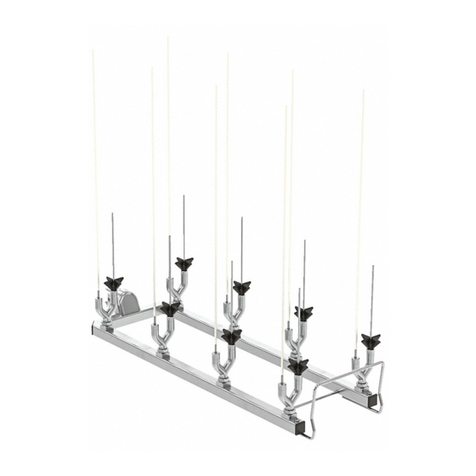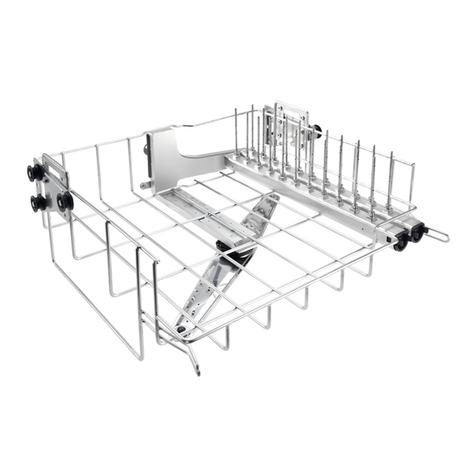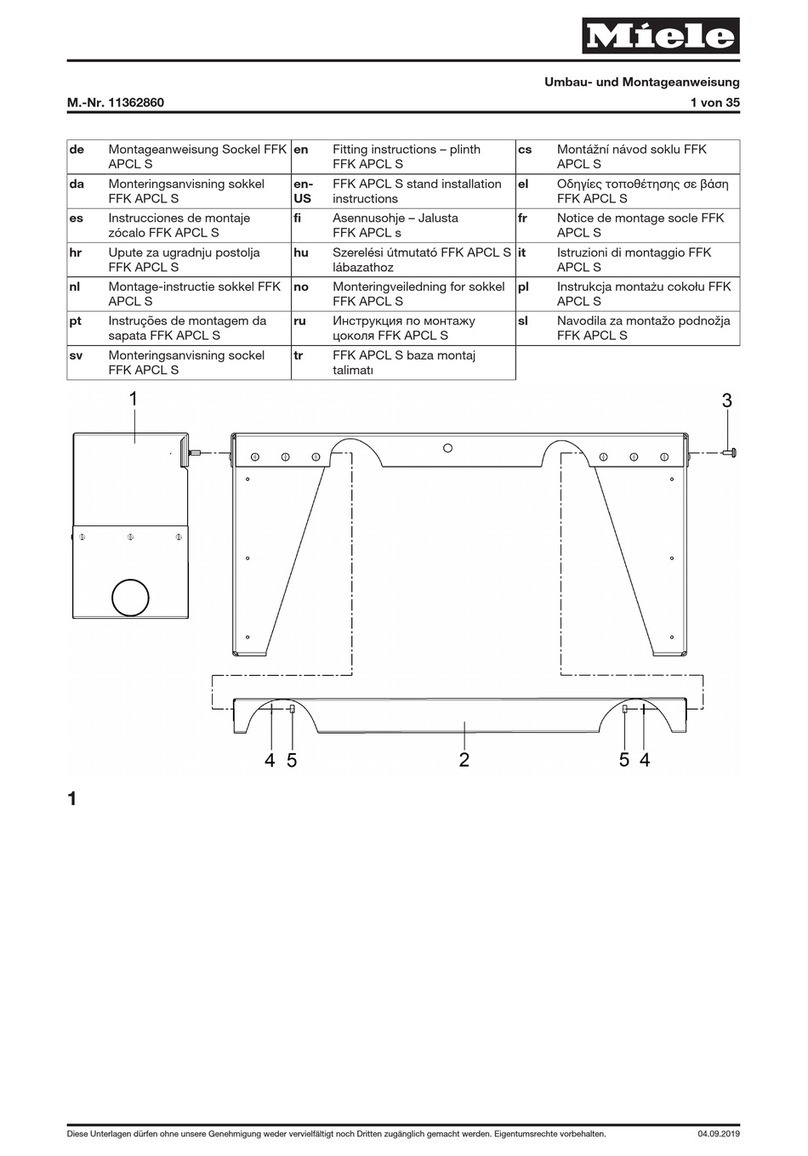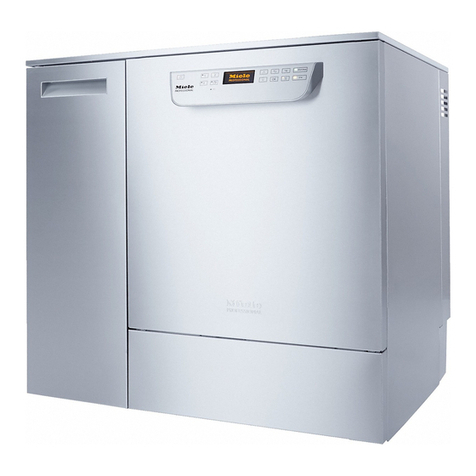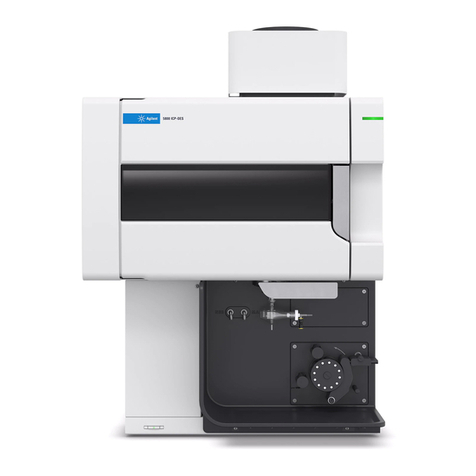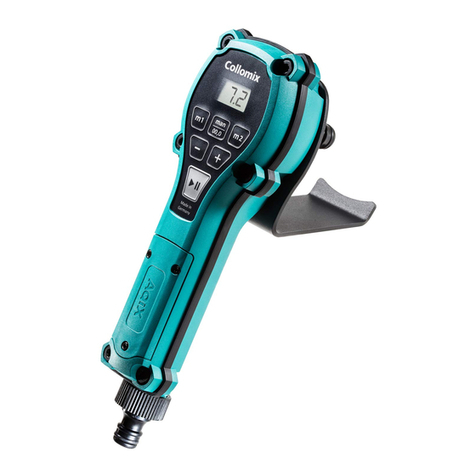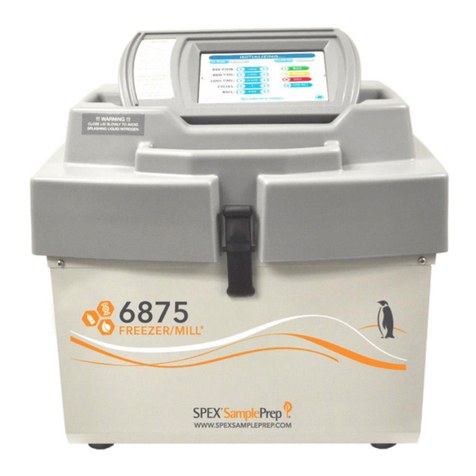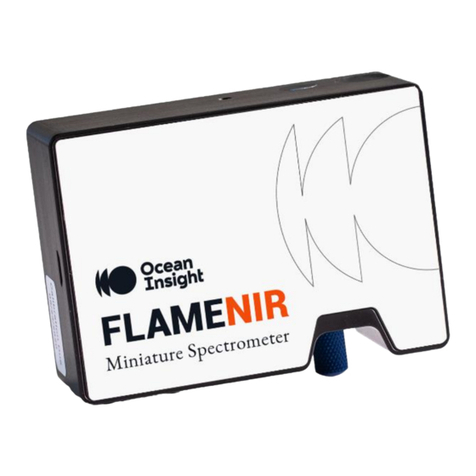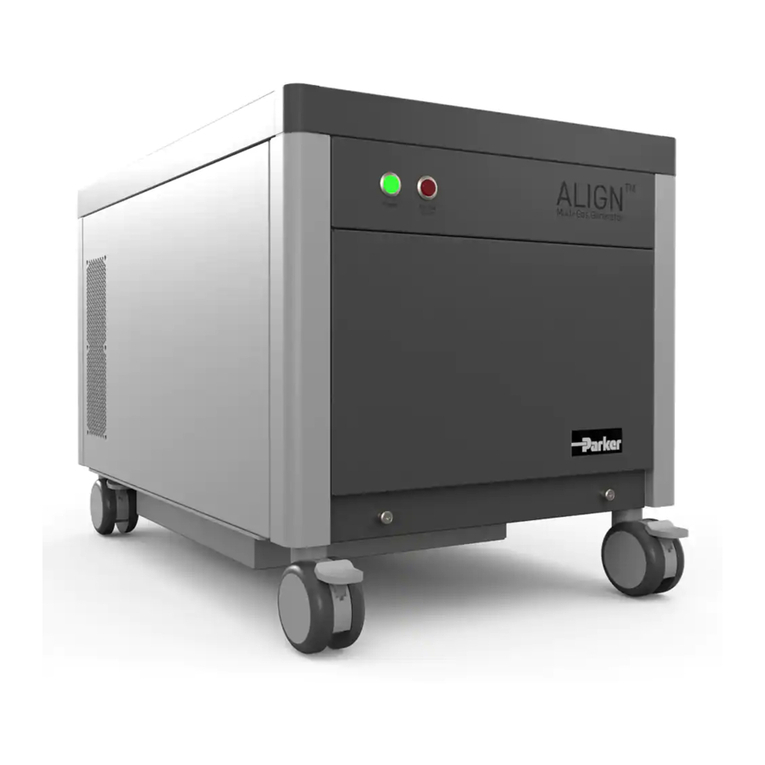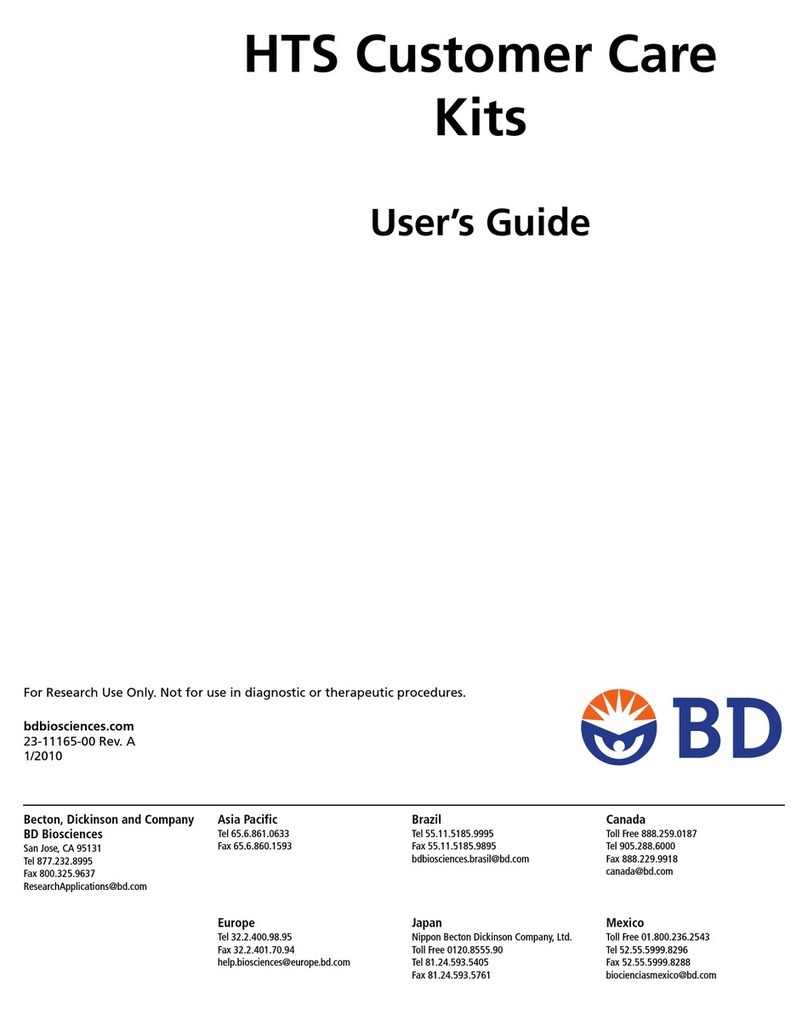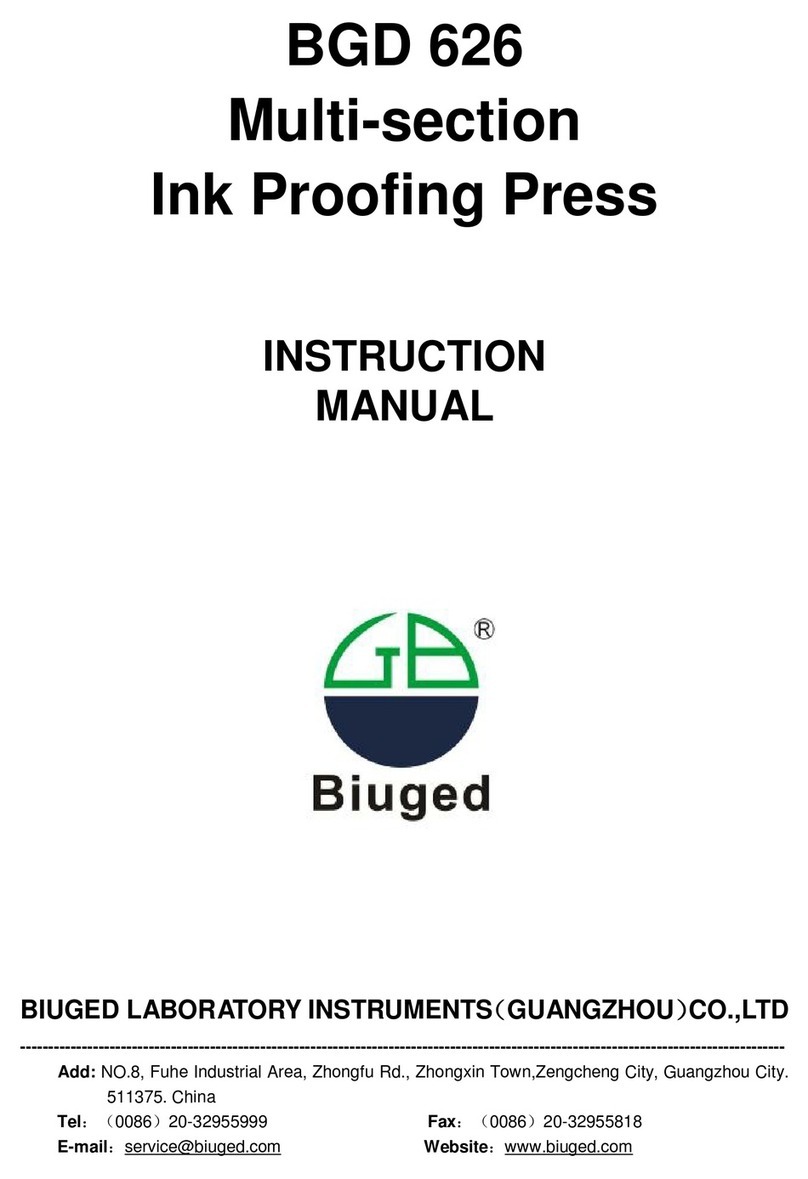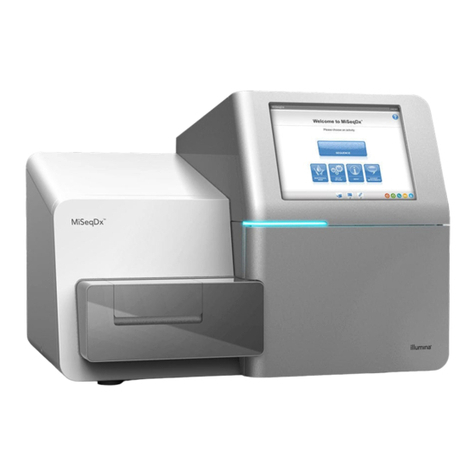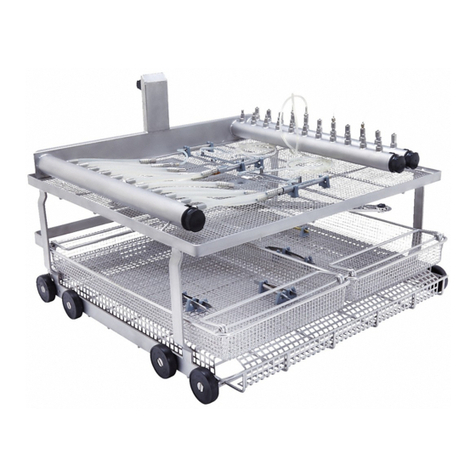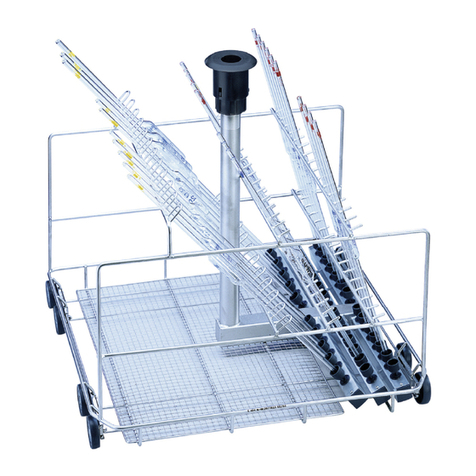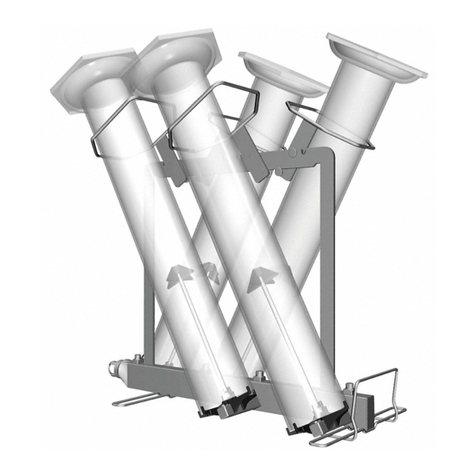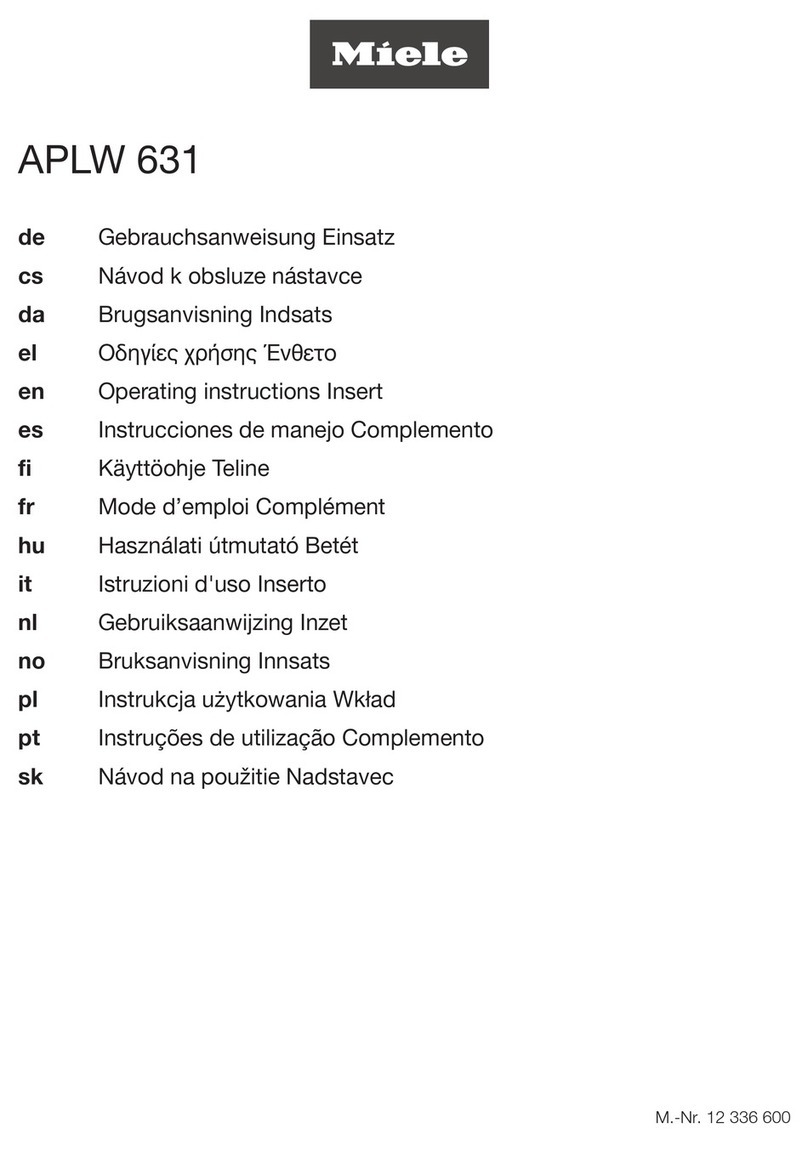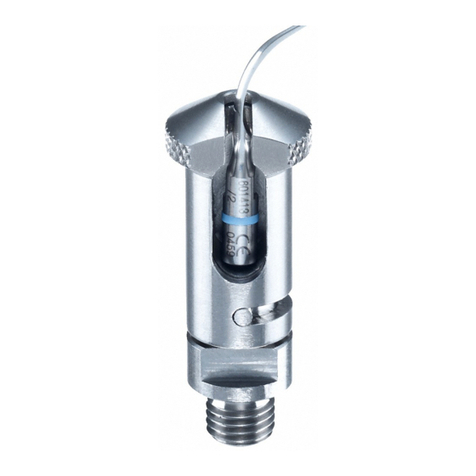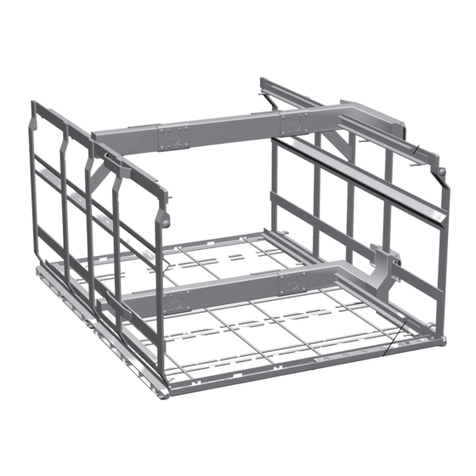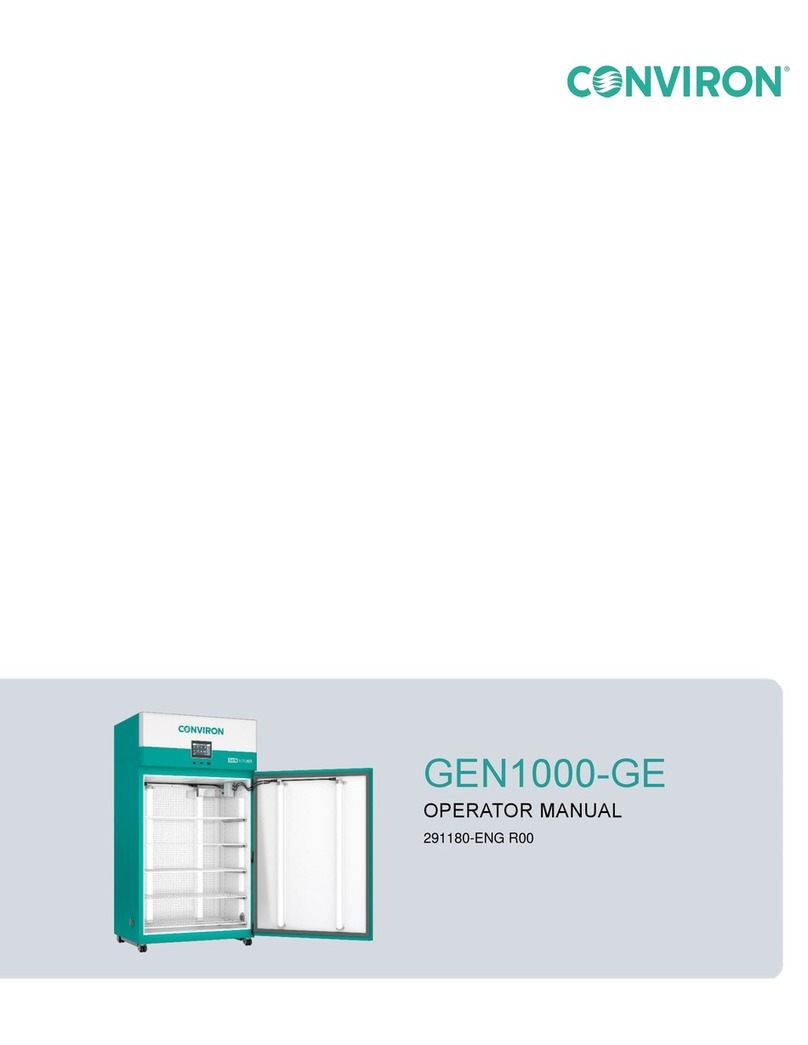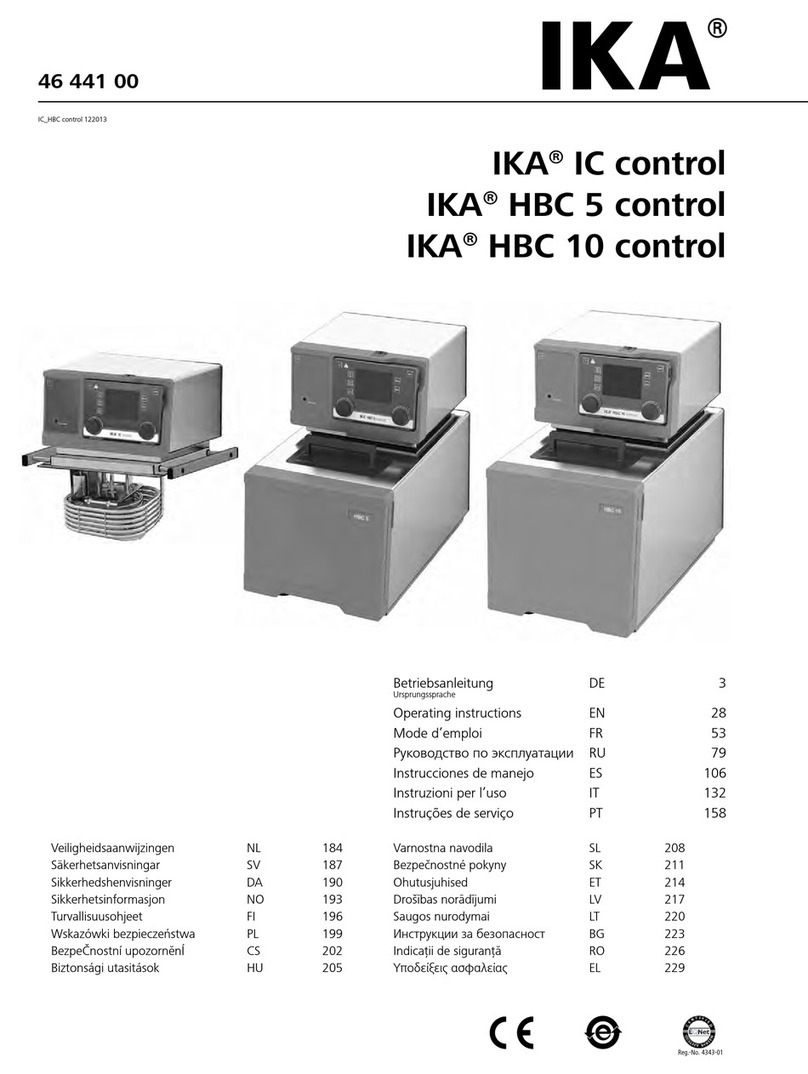Contents
5
Switch off after .................................................................................................................... 94
Ready for operation (standby) ........................................................................................ 94
Auto-Off function............................................................................................................ 94
Switching off after activating.......................................................................................... 95
Factory default..................................................................................................................... 96
Software version.................................................................................................................. 96
Program settings ...............................................................................................................97
Adjusting program settings ................................................................................................. 97
Program structure................................................................................................................ 97
Program header.............................................................................................................. 97
Program blocks .............................................................................................................. 98
Opening the menu............................................................................................................... 99
Resetting a program.......................................................................................................... 100
Altering a program ............................................................................................................ 101
Allocating wash blocks................................................................................................. 102
Spray-arm monitoring .................................................................................................. 103
Changing water quantity .............................................................................................. 105
Increasing drainage time .............................................................................................. 106
Setting the concentration ............................................................................................. 107
Setting the wash block temperature ............................................................................ 108
Drying assistance ......................................................................................................... 110
Process documentation..................................................................................................112
Retrospective output of cycle reports............................................................................... 115
External software.......................................................................................................... 115
Report printer ............................................................................................................... 115
Maintenance measures...................................................................................................116
Maintenance...................................................................................................................... 116
Routine checks.................................................................................................................. 117
Cleaning the filters in the wash cabinet ............................................................................ 117
Checking and cleaning the spray arms ............................................................................. 119
Cleaning the machine........................................................................................................ 121
Cleaning the control panel ........................................................................................... 121
Cleaning the door and the door seal............................................................................ 121
Cleaning the wash cabinet ........................................................................................... 121
Cleaning the door front ................................................................................................ 121
Preventing resoiling ...................................................................................................... 121
Checking mobile units, baskets, modules and inserts...................................................... 122
Performance check ........................................................................................................... 123
Frequently asked questions ...........................................................................................126
Technical faults and messages ......................................................................................... 126
Dispensing/dispensing systems........................................................................................ 127
Insufficient salt/water softener .......................................................................................... 129
Cancel with fault code....................................................................................................... 130
Process-related faults and messages ............................................................................... 134
Door................................................................................................................................... 135
Unsatisfactory cleaning and corrosion.............................................................................. 136
Spray arm monitoring/wash pressure ............................................................................... 139
Water inlet and drainage ................................................................................................... 140
Noises................................................................................................................................ 141





